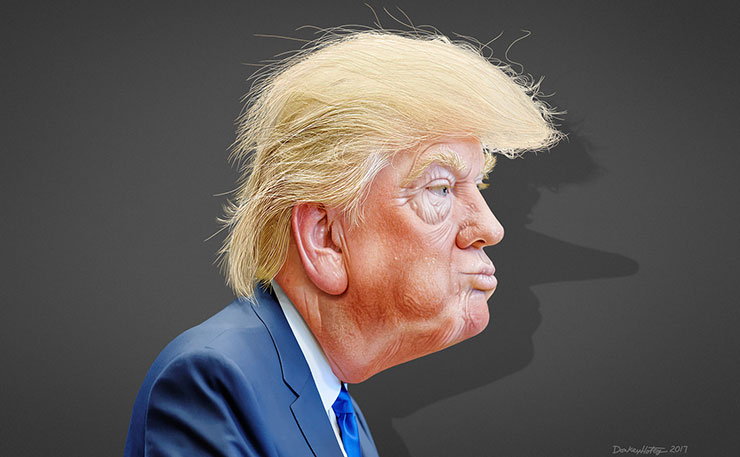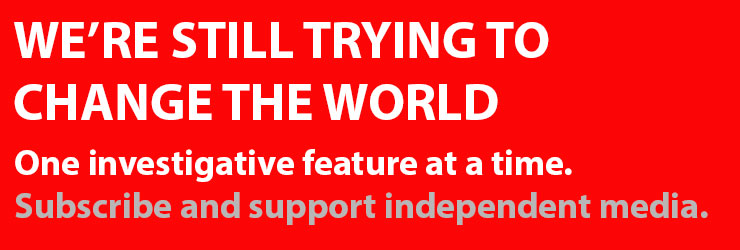The upside of a Donald Trump White House is the millions world-wide who are now organising in protest, writes Dr Richard Hil.
The high point of post-truth, populist conservatism is ushering in some ghastly new forms of repression. The roundup of so-called “illegal migrants” in the US, the increased mistreatment of migrants and refugees, more racial attacks, heightened state surveillance, silencing of government agencies, and so forth and so on, are all part of a political culture aimed at the consolidation of corporate power.
There’s nothing new about all this: it’s a continuation of trends and patterns that have emerged over the past decade or more, but this time the power elites have stepped out of some very dark corners.
The Trump administration might be, as Naomi Klein has suggested, the final frontier in a war against opponents to corporate rule, but this moment is about the attempted reconfiguration of an entire society to suit certain powerful interests.
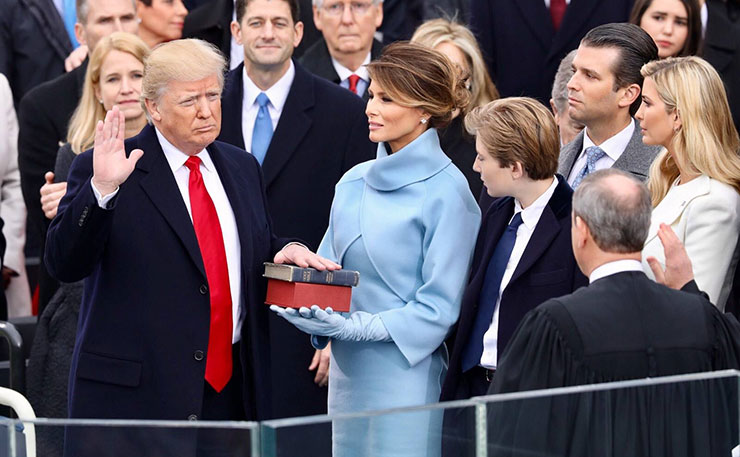
To understand why this might be the case we need to dig into some recent history. Despite the grand declaration in Francis Fukuyama’s 1992 tome, The end of history and the last man, that liberal democracy (and by implication, neoliberalism) was the final stage in socio-political evolution, it hasn’t turned out that way. Millions of people have come to abhor this system: its ruthless competitiveness and self-interest, the privileging of the market above all else, growing economic inequality, and the further concentration of economic and political power.
Increasingly, citizens in the US and beyond view neoliberal globalisation and its underpinnings – trade treaties and preferential financial arrangements – as benefiting the corporate elites while workers compete against each other in a shrinking job market.
Real wages have plummeted over recent times and most of the shit work in metropolitan centres like London, Sydney and New York is done mainly by migrants, refugees and those in the shadow economy. These people – the flotsam of precarious labour – are stuck in the awful grind of poverty while the corporate elites whoop it up with huge salary packages, luxurious lifestyles and unfettered global mobility.
One major spin-off of all this has been political polarisation, manifested in the anger and discontent of the disenfranchised, who have flocked to populist demagogues and minor parties.
Predictably, demagogic salespeople promise the earth: Britain has declared a new dawn, care of a latter-day Unilateral Declaration of Independence, and America will be “greater than ever”. It’s a massive con-job of course.
Witness the person Trump sought to appoint to head up labour relations in the US (before he was rolled at the confirmation hearings): Andrew Puzde, former head of a highly exploitative fast food chain, and rabid opponent of the minimum wage, workplace regulations and trade unions. He’s hardly on the side of workers.
If Trump is indeed “the voice” of the marginalised, then he has a funny way of showing it.
The truth is that the ascension of Trump and his merry band of corporate CEOs and white supremacists can be traced to former presidential aspirant, John McCain, who in late August 2008 ill-appointed populist running mate and darling of the Tea Party movement, Alaskan senator, Sarah Palin.
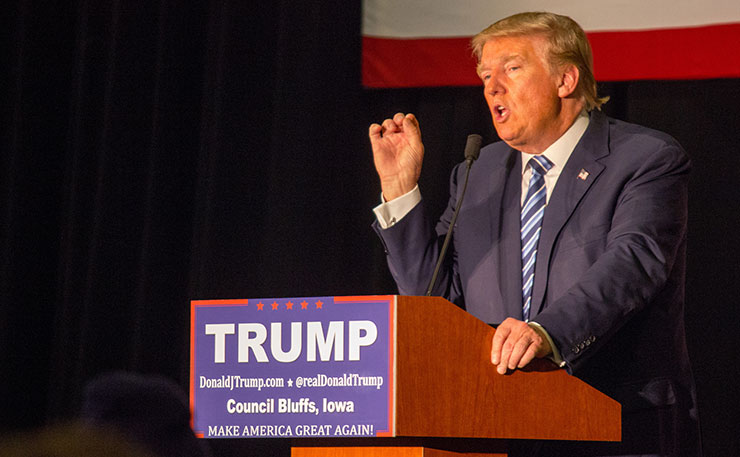
Although ensconced in the deep north of the American continent, Palin tapped into widespread discontent among the poor and marginalised across the US. She raged against the “elites” – a motley crew comprised (in Palin’s mind) of journalists, senior government figures, some in Wall Street, the left intelligentsia, and of course, the up-themselves liberal classes.
But the real leaders running the show – a highly organised cabal of corporate moguls, right wing ideologues, intellectuals and politicians identified in Jane Meyers’ brilliant book, Dark Money, were rarely mentioned by the likes of Palin.
They, in cahoots with senior figures in the Republican Party, set about (from day one) blocking every measure proposed by the former Obama administration, even opposing measures they happened to agree with! The cabal – united in opposition to “big government”, regulation and taxes – made it their business to not only oppose Obama’s modest reforms – all of them – but also to ensure that every corner of America society – universities, business, the media, judiciary and the legislature – were serving the interests of corporate America.
Billions of dollars were poured into this project, with shock jocks doing the corpocracy’s bidding, and the democratic left locked into the belief that Obama’s “building from the ground up” approach would win the day. It didn’t.
Fast forward to Trump’s electoral triumph in November 2016. This was achieved with skimpy resources, mass rallies, Twitter and considerable non-politically correct verbal flatulence. The groundwork for the grand corporate takeover – or corporate coup d’état as Naomi Klein puts it – had been laid long ago by the corporate billionaires headed by the likes of the Kansas-based radical libertarian Koch brothers.
They may not have donated to Trump’s campaign (as far as we know) and even spoke out against him, but many of the brothers’ allies (including vice president, Mike Pence) and numerous Koch network donors and operatives have found a place in the new administration. All that was ever required to fill the void in the Republican Party and to take hold of the reins of power was someone bold and crass enough to act as an echo chamber for far right shock jocks. Enter the pussy-grabbing, narcissistic TV celebrity, aided and abetted by former marine, radical shock jock and clash-of-civilizations advocate, Steve Bannon.
Despite Trump’s repulsive behaviour and unpredictability, he nonetheless promised to make “America great again”, and (sadly) millions of people believed him, enough in fact to land him in the Oval Office. His political agenda is twofold: to turn back Obama’s limited reforms, and to instil coercive compliance among recalcitrant political opponents (including the media).
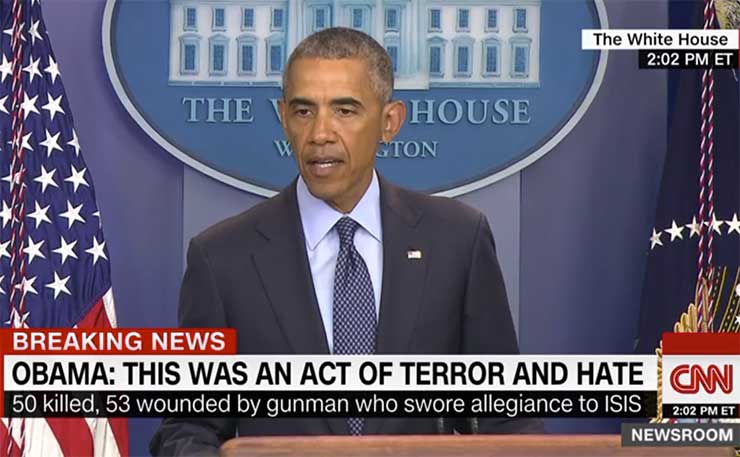
In essence, this is radical libertarianism in action: the rolling back of “big government” to its skeletal form, doing away with corporate regulations, and ensuring an acquiescent, docile citizenry.
The shock and awe policy campaign of the early days of Trump’s presidency has the progressive left second guessing, the media chasing shadows, and the courts trying to hold some sort of line. Many commentators are aghast at the goings on in the White House: the flow of executive orders, the confusion and contradictions surrounding policy announcements, and the sheer buffoonery of so-called presidential press conferences where the media are constantly under attack.
Some of this is deliberate; calculated to dislodge and confuse the opposition by issuing decrees on multiple fronts. Trump’s tactic is to act swiftly, then announce that something has been done, rather than flagging intention – something he talked about during the presidential campaign. It’s the “art of the deal” by the world’s greatest artful dodger.
The wave of conservative populism sweeping over various parts of the world – including the spike in support for One Nation in Australia – is perhaps the greatest challenge to the progressive left in the post war period. Various ‘isms have emerged in the wake of eroding “political correctness”, with bigotry on the rise in media and political circles (like the recent Q Society event in Sydney), and racial assaults on the rise.
Cory Bernardi’s defection from the Liberal Party is significant: it’s aimed at building up the conservative base and creating links with ideological bedfellows across the English-speaking world and beyond.
Thus far, the reaction to all this from the progressive left has been multi-pronged yet ill-coordinated. Street protests, groups organised to protect migrants in safe houses and other sanctuaries, legal actions, and ongoing critical commentary in the media have led the push back. Progressive intellectuals are having their bob’s worth too, focussing on the current application of corporate power.
Calls have been made for the creation of a unified international movement, or a World Party ranged against corporate rule. The truth is that the progressives are in a state of bewilderment, desperately trying to establish agency in what are chaotic and unpredictable times. The re-formulation of a unified strategy to build an inclusive mass movement based on what Klein refers to as “intersectionality”, rather than the potential silos of identity politics, will take time.
We need inspirational and focussed political leadership at this point, as well as intellectuals and activists like Noam Chomsky, Naomi Klein and Bill McKibben to set out how and where progressives might devote their collective energies. So far, some of the most interesting responses to Trump’s rise have, funnily enough, come from sections of the political right, like former GW Bush Official, Eliot Cohen, who (without any hint of irony!) asserts that protests still have a role in liberal democracies, but that the task now is to confront policy making at every turn through legal actions, media exposure, and other forms of active resistance.
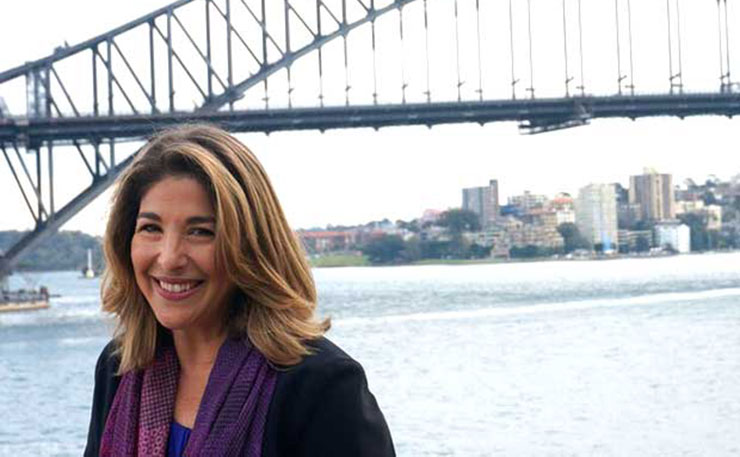
Such actions have already occurred, resulting in some fascinating oppositional spin-offs, not least the rapid emergence of a new cadre of dissidents opposed to Trump’s authoritarian government. Writing about the post-inauguration Women’s March in the New York Review of Books, Michael Greenberg refers to a “cold civil war” in which police officers, under instruction from city mayors, stood by as tens of thousands of participants chanted slogans and waved placards, refusing all the while to harass or intimidate participants.
Even more telling, when in January Trump signed his now infamous executive order banning travellers from seven predominantly Muslim countries from entering the US, Greenberg noted that “a multitude of politicians, bureaucrats, judges, and citizens” as well as “mayors of the country’s largest cities… led the opposition”. He observed that an, “impressive number [of city mayors]have made it clear that they will not allow their law enforcement officers to comply with any future federal order to harass or round up undocumented immigrants for deportation”.
The alliance opposed to the ban was drawn from many quarters, including Christian groups, Islamic groups (many from the over 800,000 Muslims residing in New York), immigration advocacy groups, human rights lawyers, students and academics. Hundreds of state department employees also signed a Memo of Dissent in opposition to the order – an unusual occurrence indeed.
As Greenberg notes: “It was remarkable to see career diplomats, a group not known for its boldness, willing to be sacked or blackballed within their department in order to public ally”.
Opposition too has arisen among artists, musicians and writers, with Trump’s administration being wonderfully lampooned by cartoonists and satirists.
On another front, the “warrior” cadres of organised opposition against Trump’s policies, particularly in relation to the environment, are either in the process of re-grouping or are yet to be formed.
The onslaught against the environmental movement has already begun with the government gagging the EPA and placing a moratorium on blogs and other public statements. This, however, has not prevented hundreds, perhaps thousands of employees from actively resisting the new repression via anonymous social media platforms.
It’s hard to contain this sort of behaviour once the genie is out of the bottle.
This new wave of dissidents – born in the wake of presidential orders regarded as contrary to US liberal traditions are, says journalist Michael Greenberg, unprecedented in the modern era. To be sure, while the 2003 protests against the Iraq war were massive, public officials did not go out of their way to oppose or subvert orders issued by the executive branch of government.
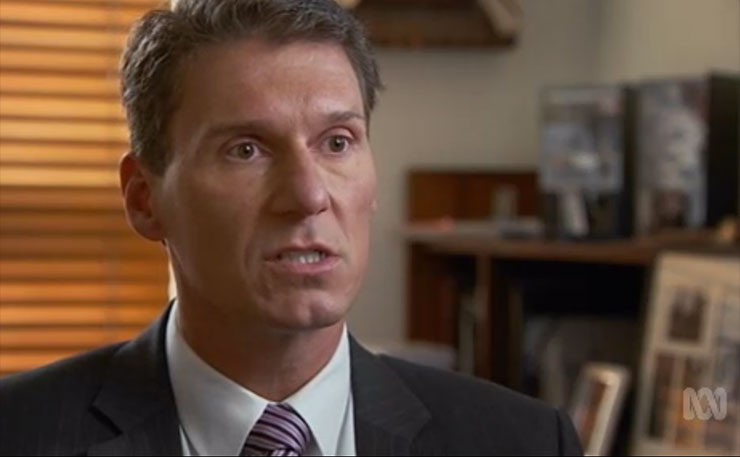
As Greenberg notes: “A lot of damage will be done by this president. But the range of opposing forces taking shape shows signs of being effective. Hundreds of thousands of people have already pledged support for a scientists’ march on Washington on April 22, Earth Day. More demonstrations are likely to materialize.”
Protests, insists Greenberg, have an important place in opposing the many excesses of Trump’s administration. “The streets and public spaces of the country’s cities”, he writes, “are where protesters are most seen and heard. Mayors, and in many cases governors, seem to be telling their citizens, in a way rarely, if ever, seen in our recent history, that the public spaces are theirs. It appears to be a potent alliance”.
Writing in The New Republic, Brian Butler observes that social media has played a key role in mobilising opposition to Trump’s administration. No-one has to wait for the daily paper to appear on the newsstand to hear about the latest storm brewing in the White House. That said, few know more about the power of digital media than Trump himself.
He and his campaign team made great use of Facebook and Twitter in messaging millions during the campaign. Importantly, as Butler notes, the Trump team set about creating a story upon which his values and policy agendas could be grafted. It was a story couched in fear and loathing, as we know.
In effect, as Butler observes, Trump “uncork[ed]rhetorical fantasies — inner city war zones, rigged electoral systems, hordes of terrorists and job thieves streaming across the southern border” that led electors “to justify an agenda many of them wouldn’t normally support”.
This is an important point. It’s the discursive terrain upon which progressives need to hone their message across the class divides. We need a countervailing story that draws attention to the fundamental conditions shaping today’s world as well as a world of other possibilities grounded in common purpose, respect for the planet and the common good.
Telling a persuasive story though is one thing, putting things into practice is quite another, as US journalist Jon Schwarz has noted. He urges Trump’s opponents to commit themselves to active political engagement. But there has to be somewhere for these people to go, and the mainstream parties like the US Democrats are deeply compromised by their connections to corporate interests.
Naomi Klein has suggested that if the Democrats refuse to unshackle themselves from Wall Street then a new progressive party has to be founded.
Australian progressives also face similar grave challenges, especially if, as predicted, One Nation comes to hold the balance of power in state and federal governments and, equally worrying, if Cory Bernardi‘s embryonic conservative party takes off.
The conditions for these sorts of populist and libertarian entities are ripe.
It’s time to take stock, and act.
Donate To New Matilda
New Matilda is a small, independent media outlet. We survive through reader contributions, and never losing a lawsuit. If you got something from this article, giving something back helps us to continue speaking truth to power. Every little bit counts.

